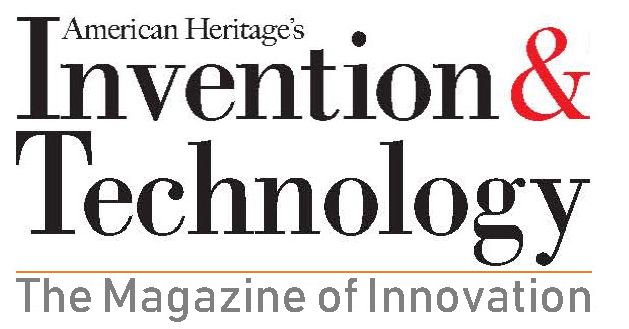Mechanical
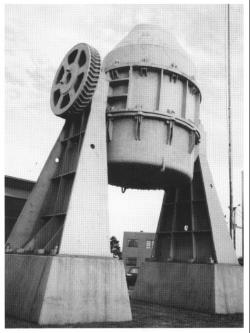
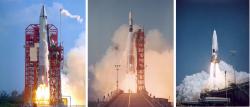
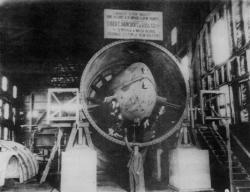

6225 Vectorspace Blvd Titusville State: FL Zip: 32780 Country: USA Website: http://www.asme.org/about-asme/history/landmarks/topics-a-l/air-and-space-transportation/-162-apollo-space-command-module-%281968%29, http://nssdc.gsfc.nasa.gov/planetary/lunar/apollo14info.html Creator: North American Aviation
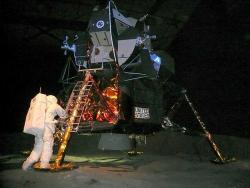
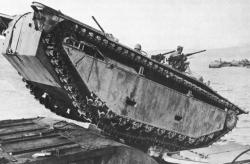

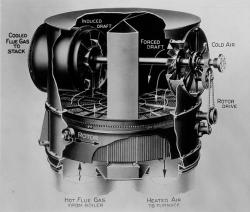
The Ljungstrom air preheater is a regenerative heat exchanger, invented in the 1920s and soon used throughout the world. Dr. Fredrik Ljungstrom, then technical director at Aktiebolaget Ljunstrom Angturbin, invented it for preheating combustion air in boiler plants, but the use has expanded to include energy recovery in combination with the removal of oxides of sulfur and nitrogen.

This 50,000-ton die-forging press is among the largest fabrication tools in the world. It was designed and built for the U.S. Air Force by the Mesta Machine Company of Pittsburgh, following the discovery of a 30,000-ton press used by the Germans in World War II (later acquired by the Soviet Union). By 1950, a Heavy Press Program was organized to establish a self-sustaining industrial base for a press capable of producing large forgings and extrusions for the United States. The 50,000-ton Mesta press was one of the first built under this program between 1952 and 1955.
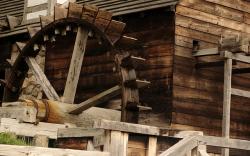
The Saugus Ironworks, the first commercial ironworks in North America, was an impressive technological achievement for an early colony. The same basic processes are used today: reducing iron oxide with carbon to produce metallic iron that can be cast in a mold, producing wrought iron by puddling cast iron, and fabricating wrought iron with power hammer and rolls.
